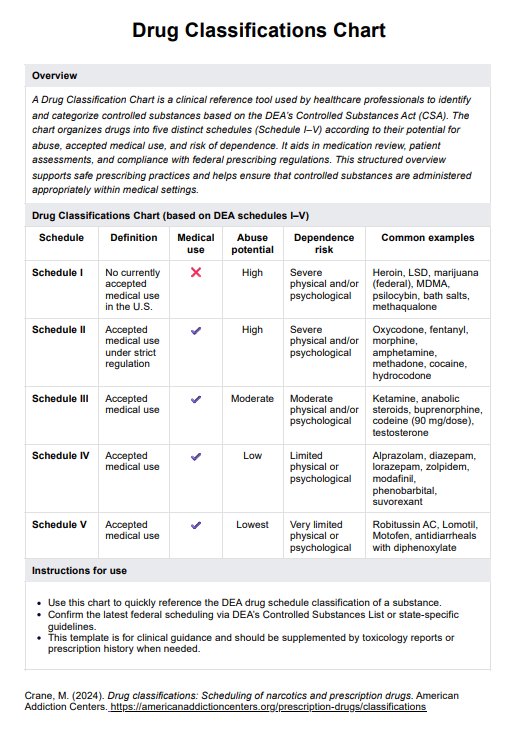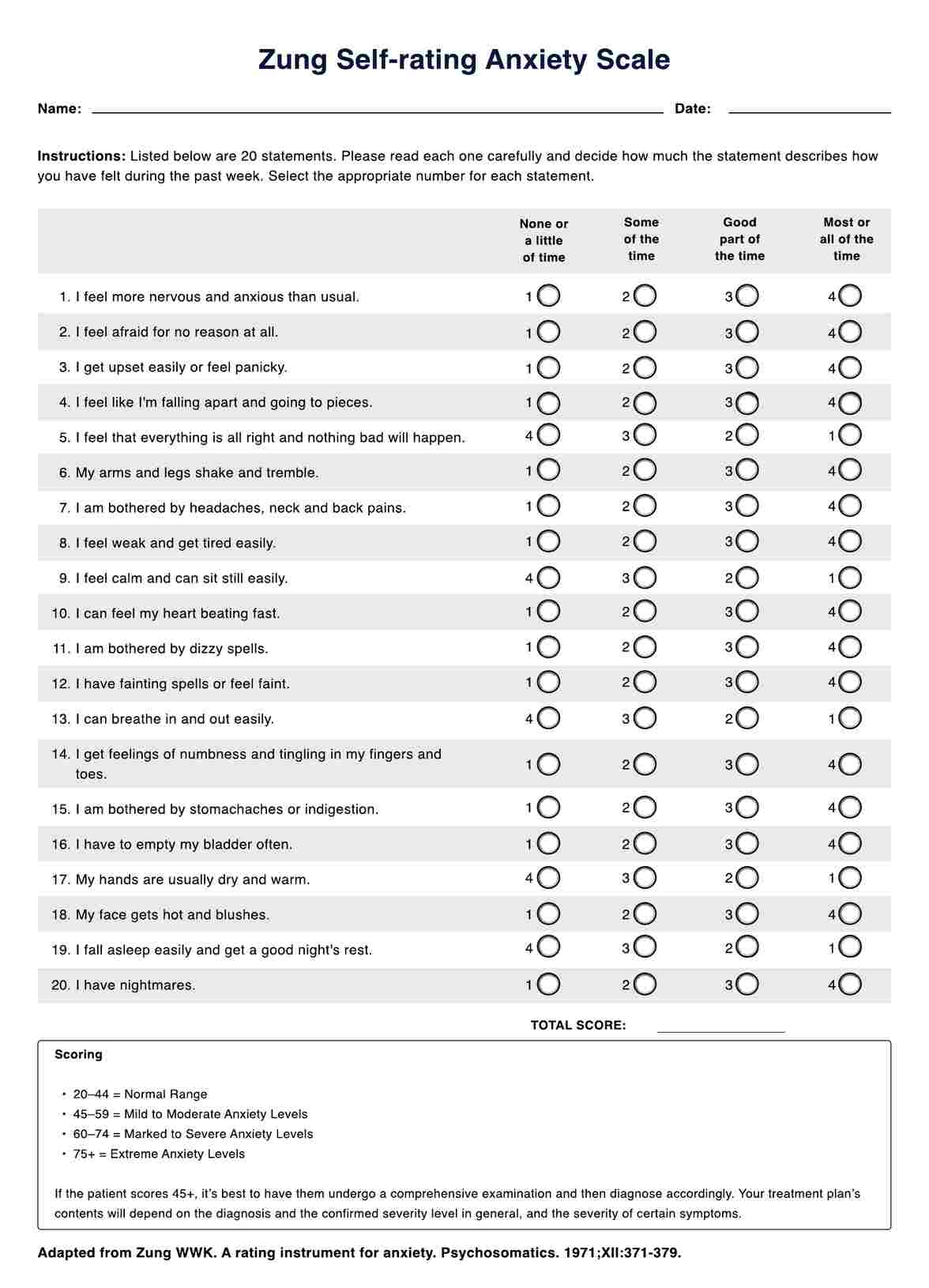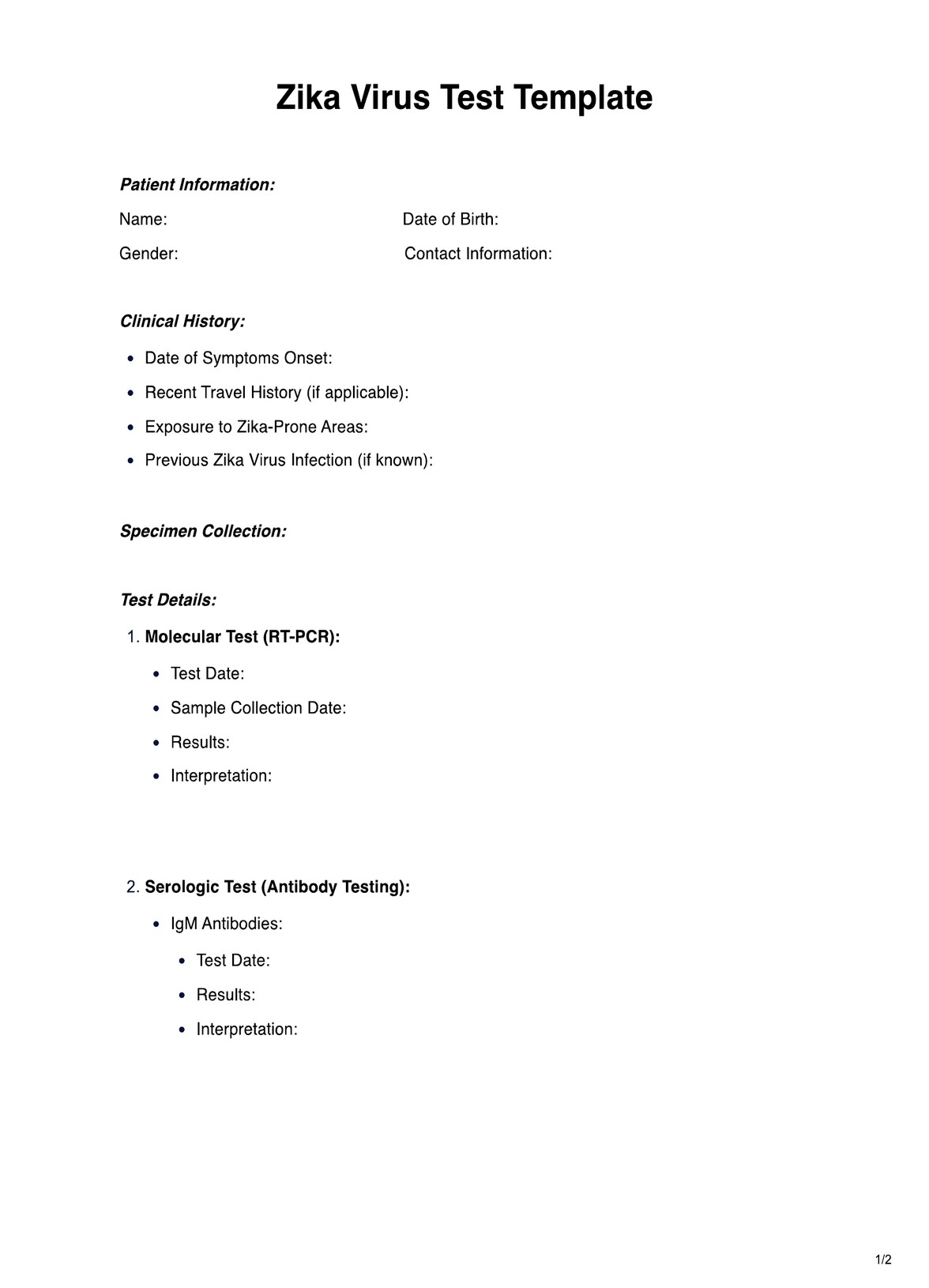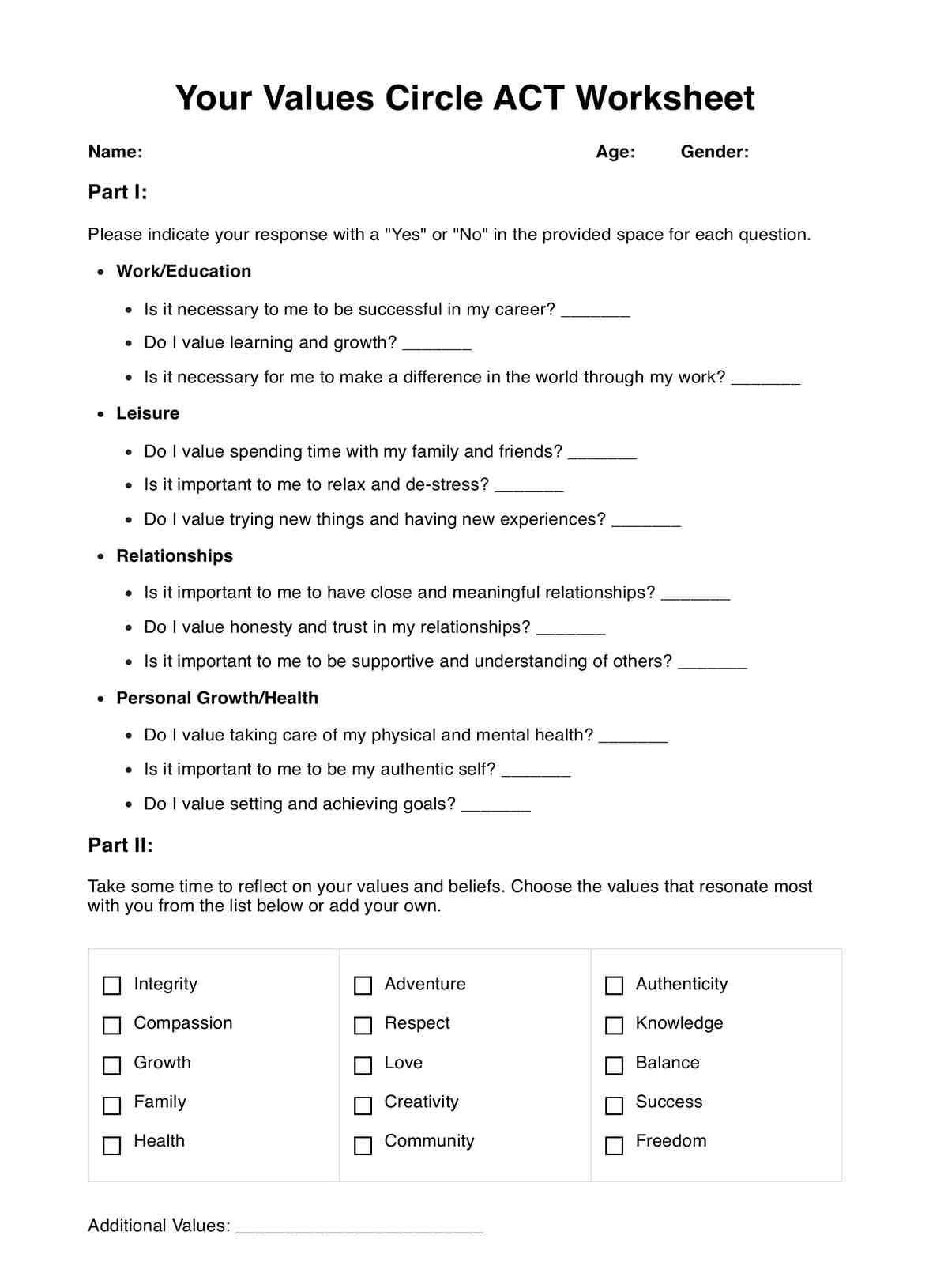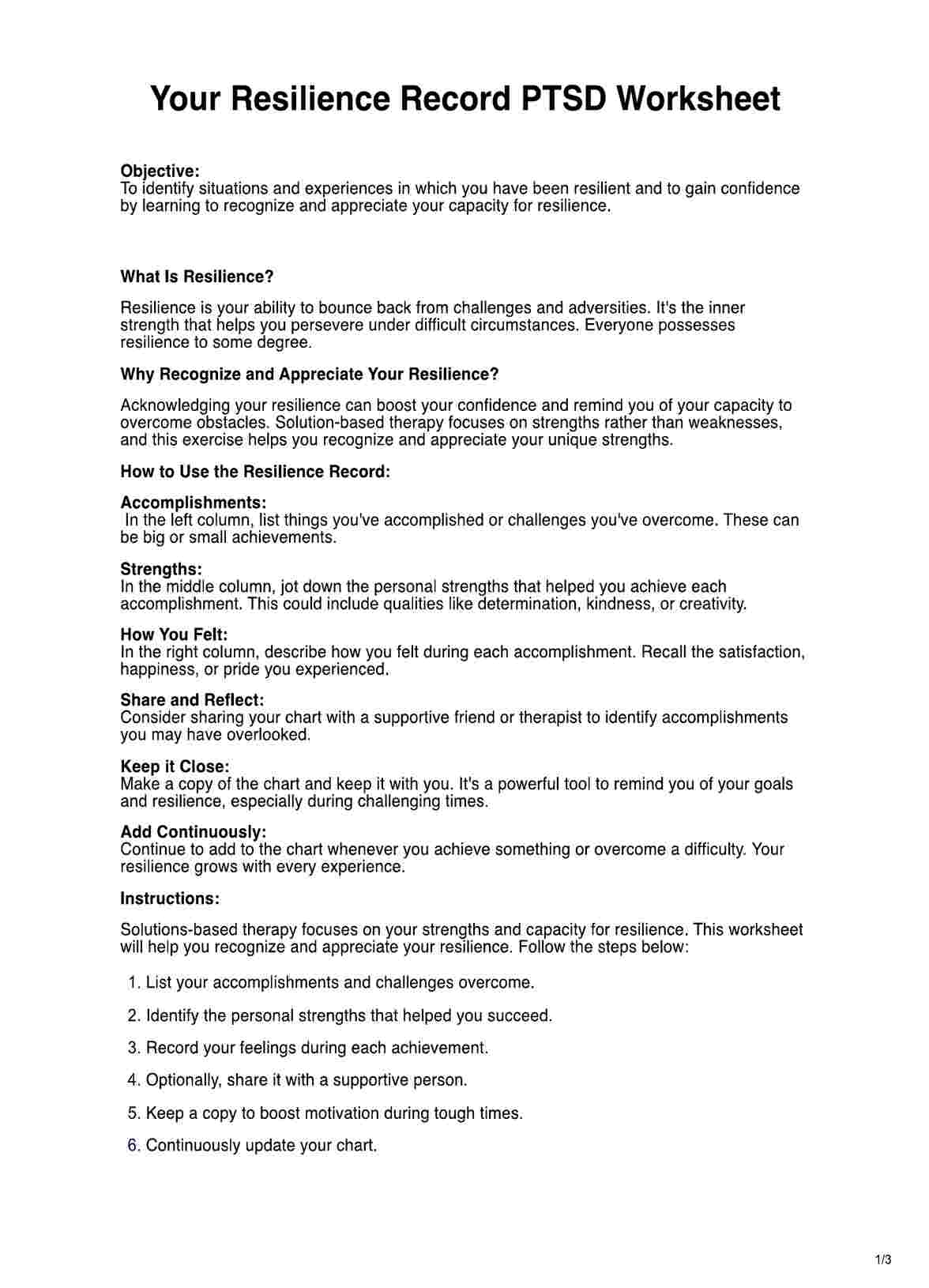The 9 symptoms of BPD include fear of abandonment, unstable relationships, unclear or shifting self-image, impulsive and self-destructive behaviors, self-harm, extreme emotional swings, chronic feelings of emptiness, explosive anger, and feeling suspicious or out of touch with reality.

DSM 5 Criteria for Borderline Personality Disorder
Explore the DSM 5 Criteria for Borderline Personality Disorder. Understand BPD diagnosis and its impact on mental health professionals and patients.
DSM 5 Criteria for Borderline Personality Disorder Template
Commonly asked questions
The 4 types of BPD are discouraged BPD, impulsive BPD, petulant BPD, and self-destructive BPD. Individuals can experience more than one type simultaneously or at different stages in their lives.
BPD can have a significant impact on an individual's life, leading to unstable relationships, emotional instability, impulsive behavior, and difficulties with self-image. It can also result in challenges in employment, social interactions, and overall quality of life.
EHR and practice management software
Get started for free
*No credit card required
Free
$0/usd
Unlimited clients
Telehealth
1GB of storage
Client portal text
Automated billing and online payments


